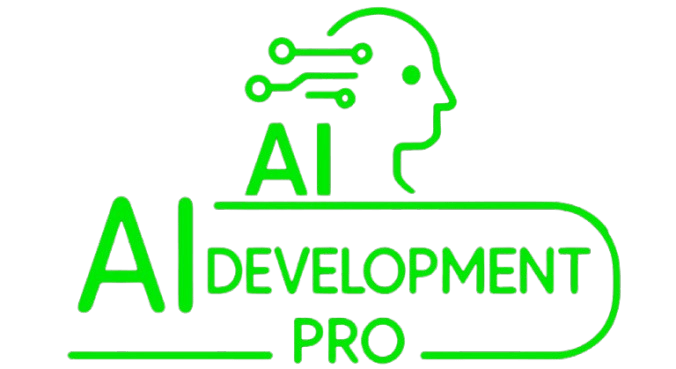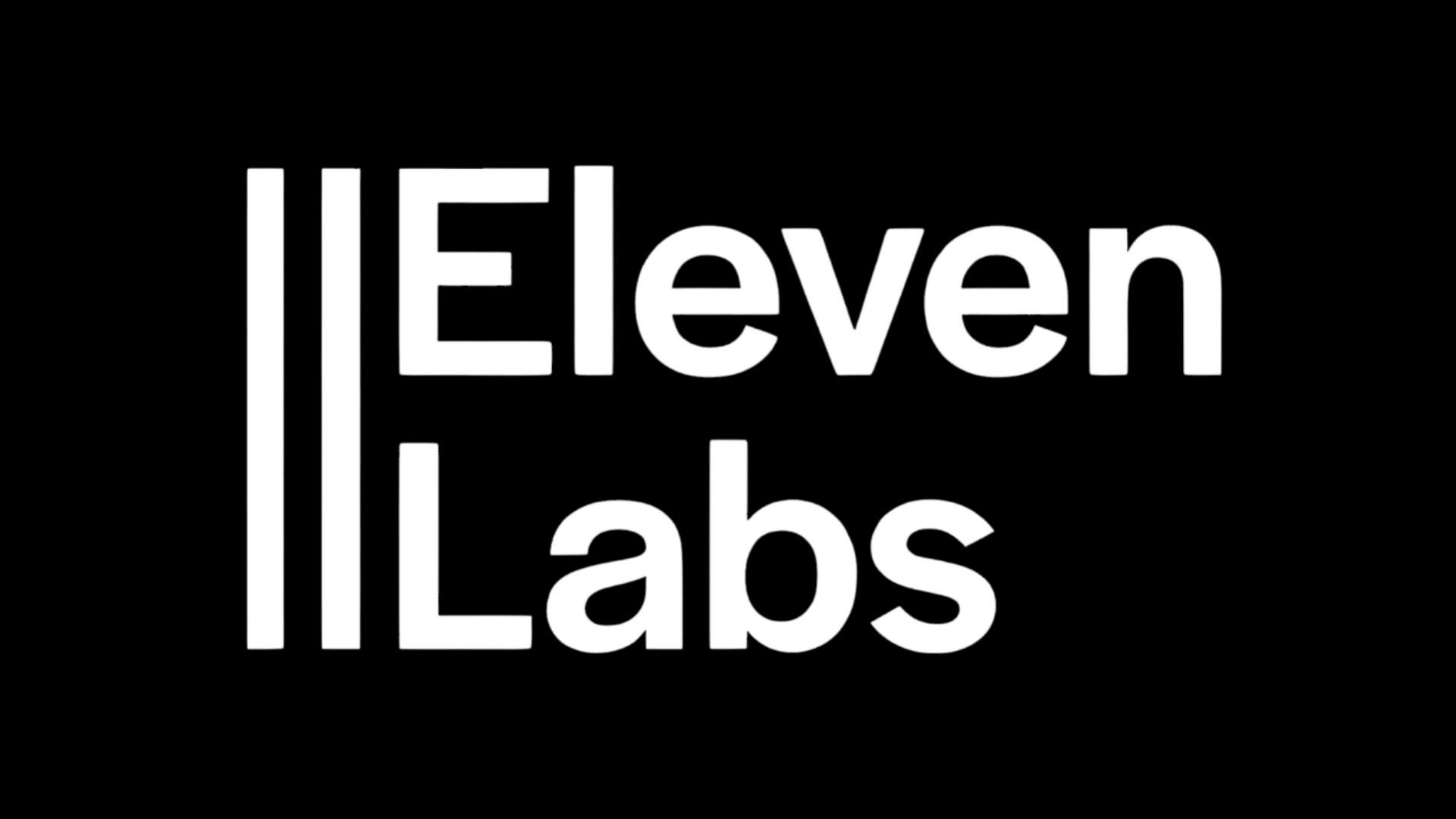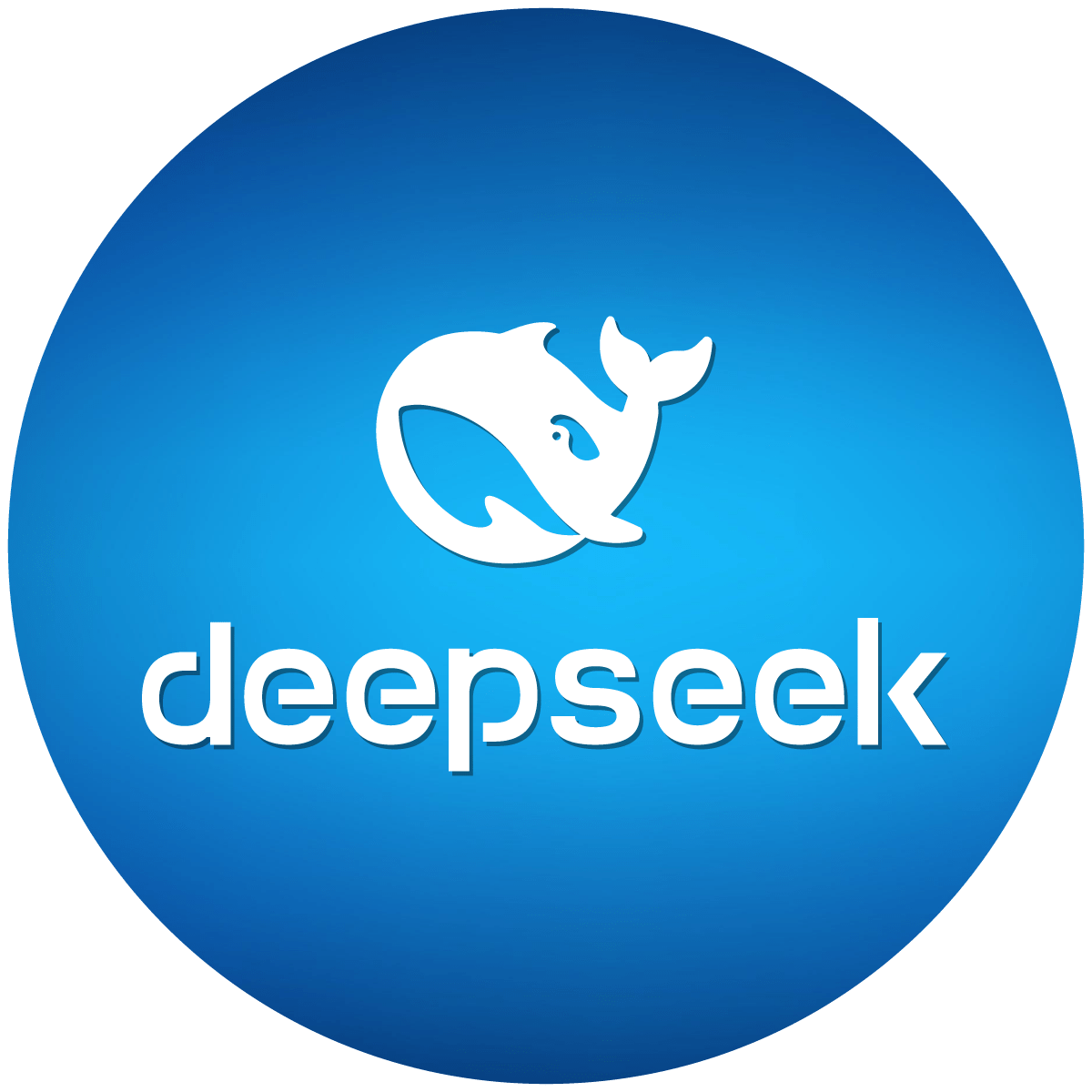

AI Software Development: What’s Next in 2025?
AI Software Development: What's Next in 2025?
The landscape of AI software development is evolving at an unprecedented pace, with 2025 poised to bring groundbreaking advancements. As businesses and developers harness the power of artificial intelligence, new tools, methodologies, and ethical considerations are shaping the future of this dynamic field. From generative AI to autonomous coding assistants, the next wave of innovation promises to redefine how software is built, deployed, and maintained. This article explores the key trends, challenges, and opportunities in AI software development for 2025, offering insights for developers, enterprises, and tech enthusiasts alike.
The Rise of Autonomous AI Developers
One of the most transformative trends in AI software development is the emergence of autonomous AI developers. These advanced systems leverage large language models (LLMs) and reinforcement learning to write, test, and optimize code with minimal human intervention. By 2025, tools like GitHub Copilot and Amazon CodeWhisperer will evolve into full-fledged AI collaborators capable of handling entire project lifecycles.
For developers, this means a shift from manual coding to overseeing AI-generated solutions. Practical applications include automated debugging, real-time code suggestions, and even the ability to refactor legacy systems. However, challenges remain, such as ensuring code quality and maintaining security standards. Enterprises adopting these tools should invest in training teams to work alongside AI, blending human creativity with machine efficiency.
AI-Driven Low-Code and No-Code Platforms
Low-code and no-code platforms are becoming increasingly sophisticated, thanks to AI software development advancements. In 2025, these platforms will empower non-technical users to build complex applications using natural language prompts and drag-and-drop interfaces. AI will handle backend logic, database management, and even user experience design, reducing development time from months to days.
For example, a marketing team could use an AI-powered no-code tool to create a custom CRM system tailored to their needs without writing a single line of code. Businesses should explore platforms like Microsoft Power Apps or OutSystems, which integrate AI to streamline app development. The key to success lies in balancing ease of use with customization capabilities, ensuring solutions meet specific organizational requirements.
Ethical AI and Regulatory Compliance
As AI software development becomes more pervasive, ethical considerations and regulatory compliance will take center stage in 2025. Governments worldwide are introducing stricter guidelines for AI transparency, bias mitigation, and data privacy. Developers must prioritize ethical AI practices, such as fairness audits and explainable AI models, to align with regulations like the EU AI Act and U.S. AI Bill of Rights.
Practical steps include implementing bias detection tools during model training and maintaining detailed documentation for AI decision-making processes. Companies should also establish AI ethics committees to oversee compliance and public trust. By embedding ethical principles into development workflows, organizations can avoid legal pitfalls and build AI systems that are both innovative and responsible.
AI in DevOps and Continuous Integration
The integration of AI into DevOps pipelines is revolutionizing how software is delivered and maintained. In 2025, AI-powered DevOps tools will predict system failures, optimize resource allocation, and automate deployment processes. Machine learning algorithms will analyze historical data to identify patterns, enabling proactive issue resolution before they impact end-users.
For instance, an AI-driven monitoring tool could detect a memory leak in a production environment and trigger an automatic rollback to a stable version. Teams should adopt platforms like Dynatrace or Datadog, which incorporate AI for real-time analytics. The result is faster release cycles, reduced downtime, and improved software reliability-key competitive advantages in today's fast-paced digital landscape.
Generative AI for Custom Software Solutions
Generative AI is expanding beyond text and image creation to revolutionize custom software development. By 2025, AI models will generate entire application frameworks based on high-level requirements, significantly accelerating project timelines. Developers can input specifications like "e-commerce platform with personalized recommendations," and the AI will produce a tailored solution complete with APIs and UI components.
This technology is particularly valuable for startups and SMEs with limited resources. For example, a small business could use generative AI to quickly develop a mobile app for customer engagement. However, human oversight remains critical to ensure the generated code meets performance and security standards. Developers should view generative AI as a productivity booster rather than a replacement, focusing on refining and customizing AI outputs.
Edge AI and Decentralized Computing
Edge AI, which processes data locally on devices rather than in centralized clouds, is gaining traction in 2025. This approach reduces latency, enhances privacy, and enables real-time decision-making in applications like autonomous vehicles and IoT devices. AI software development for edge computing requires optimizing models to run efficiently on resource-constrained hardware.
A practical example is a smart factory using edge AI to monitor equipment health without relying on cloud connectivity. Developers should explore frameworks like TensorFlow Lite and ONNX Runtime to deploy lightweight AI models. The challenge lies in balancing model accuracy with computational efficiency, but the benefits for industries like healthcare and manufacturing are immense.
The Future of AI-Powered Testing
Software testing is undergoing a paradigm shift with AI-driven automation. In 2025, AI will not only execute test cases but also design them based on user behavior analysis and risk assessment. Self-healing test scripts will adapt to UI changes, reducing maintenance overhead and improving test coverage.
For QA teams, this means faster identification of critical bugs and more reliable releases. Tools like Testim and Applitools leverage AI to enhance testing accuracy. Organizations should integrate AI testing early in the development cycle to catch issues before they escalate, ensuring higher-quality software delivery.
Support our work by sharing on multiple social platforms. Join our community







